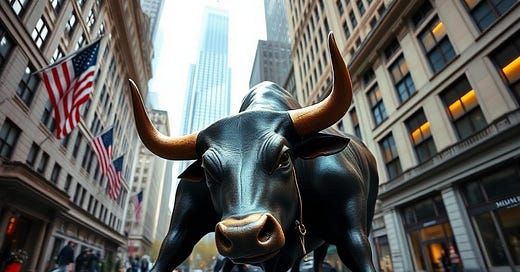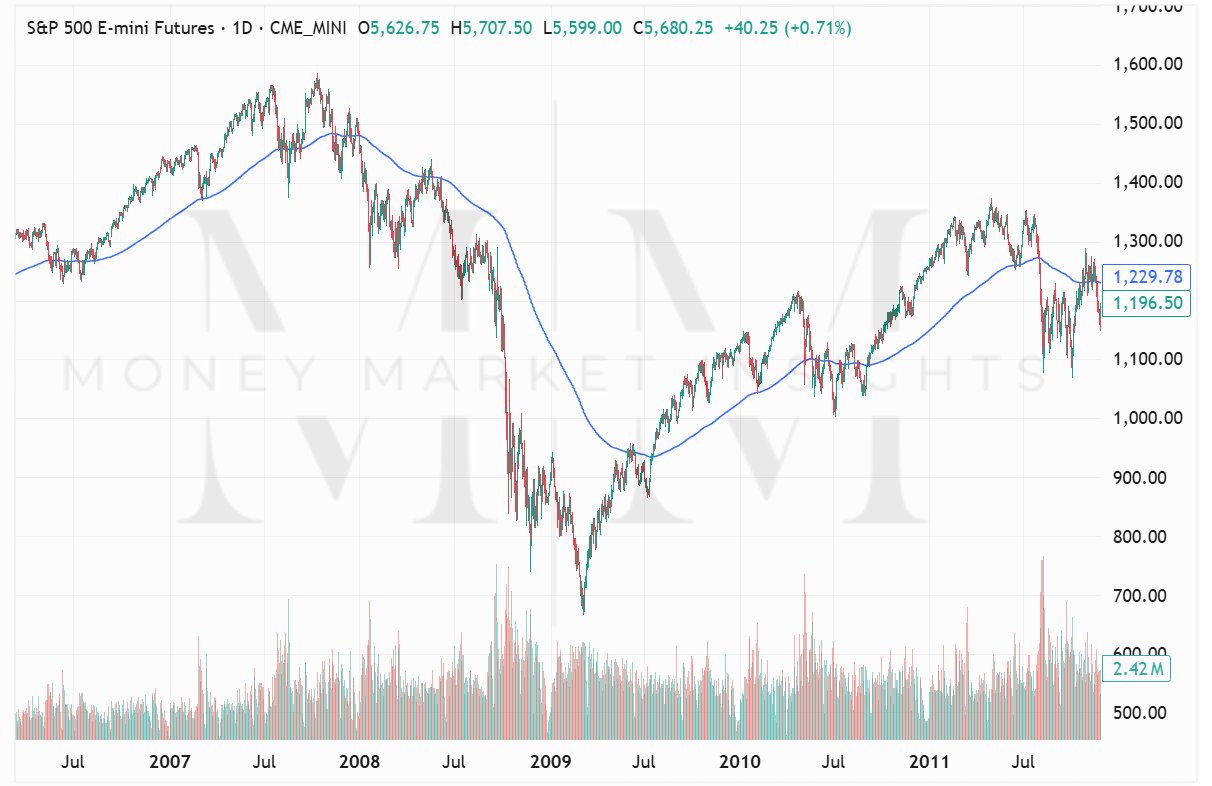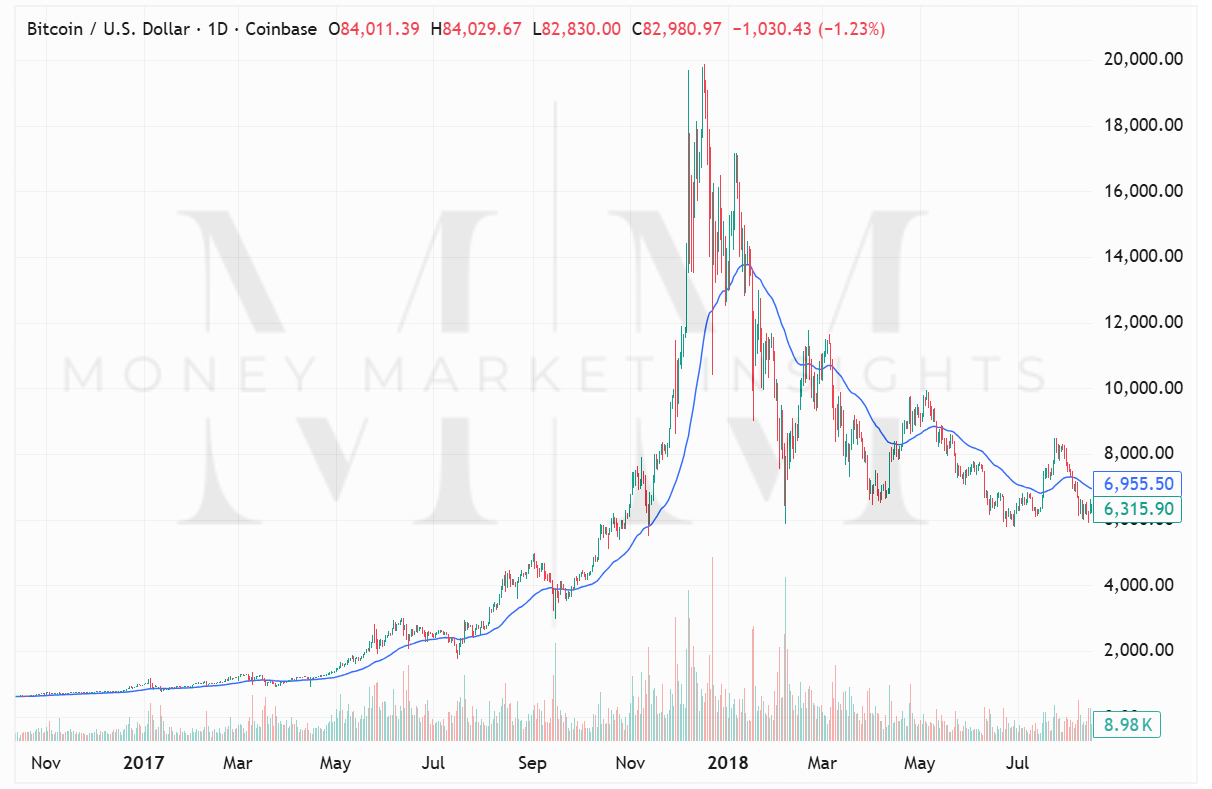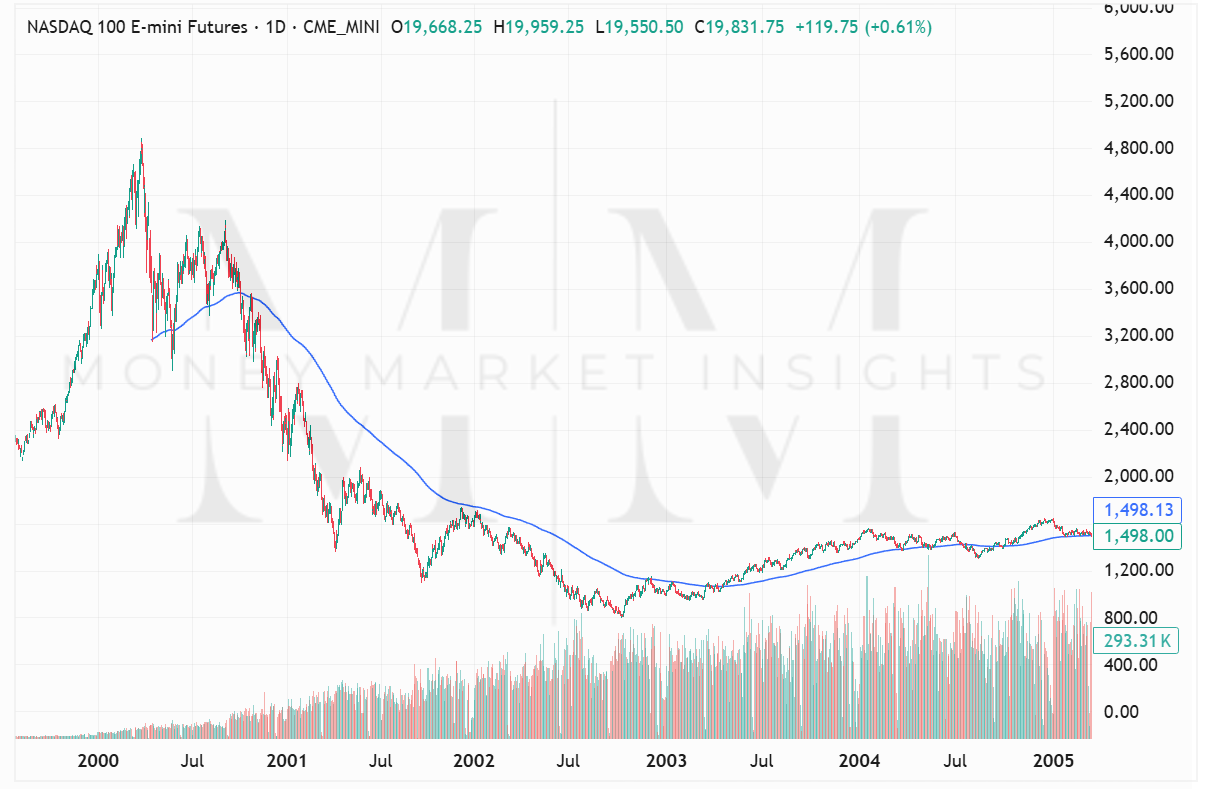Have you ever felt like the market moves in waves, rising and falling in a seemingly predictable pattern? That’s because it does. Market cycles are the hidden forces behind these shifts, dictating when assets boom, correct, crash, and recover. Whether you're trading stocks, futures, or crypto, understanding market cycles can give you a major edge.
But the problem is that most traders and investors ignore them. They get caught up in the hype when prices are soaring and panic when things come crashing down. The key to success is recognizing where we are in the cycle and adjusting your strategy accordingly.
So, what exactly are market cycles? How can you spot them in real time? And more importantly, how can you use them to make smarter trading and investing decisions?
Let’s break it all down in a way that makes sense.
What Are Market Cycles?
A market cycle is the natural fluctuation of asset prices between periods of growth and decline. These cycles occur across all markets, including stocks, commodities, real estate, and cryptocurrencies.
While cycles vary in length, they all follow a predictable pattern.
The accumulation phase is where smart money quietly starts buying.
The expansion phase, also known as the bull market, is when prices rise as more investors jump in.
The distribution phase is where the market gets overheated and smart money starts selling.
The decline phase, or bear market, happens when prices drop as panic sets in.
If you can identify these stages as they unfold, you will know when to buy, when to take profits, and when to stay on the sidelines.
Breaking Down the Market Cycle Stages
Each stage of the cycle presents unique opportunities and risks. Traders and investors who understand these phases can capitalize on them while avoiding the common pitfalls that trap uninformed market participants.
Accumulation: The Smart Money Phase
Every great bull run begins with accumulation. This phase occurs after a major selloff, when sentiment is at rock bottom and most retail investors have given up. At this stage, fear dominates the market. News headlines are overwhelmingly negative, and the general consensus is that the market is dead.
However, behind the scenes, institutional investors, hedge funds, and high-net-worth individuals or "smart money" are quietly accumulating assets at deeply discounted prices. This process is slow and methodical, allowing them to build positions without attracting too much attention.
Key Characteristics of the Accumulation Phase
Low volatility and sideways price action with no clear trend.
Extreme fear in the market; the media is consistently negative.
Trading volume gradually increases as smart money steps in.
Trading and Investing Strategies
Identify assets trading at deep discounts that still have strong fundamentals.
Use technical indicators like the 200-day Exponential Moving Average (EMA) to confirm long-term support levels.
Look for divergence between price action and indicators like the Relative Strength Index (RSI), which can signal a potential trend reversal.
Exercise patience, as this phase can last several months or even years.
Following the 2008 financial crisis, stock prices were heavily discounted, and investor sentiment was bleak. Many believed the market would never recover, yet institutional investors and legendary traders like Warren Buffett were buying aggressively. Those who recognized the accumulation phase and entered the market early saw massive gains as the bull market unfolded in the years that followed. (screenshot below)
Expansion: The Bull Market
This is the most exciting and rewarding phase of the market cycle. Expansion, often referred to as a bull market, is marked by steadily rising prices and increasing optimism among investors. As FOMO (fear of missing out) kicks in, more traders and investors rush in, pushing prices even higher.
During this phase, retail traders start to take notice. The media shifts its tone from negative to positive, and headlines start celebrating all-time highs and rapid growth. The expansion phase is where fortunes are made, but it is also where overconfidence begins to creep in.
Key Characteristics of the Expansion Phase
A clear uptrend with higher highs and higher lows.
Increasing trading volume as new investors pile into the market.
The media and social media become overwhelmingly bullish.
Corrections occur but are often short-lived as dip-buyers step in.
Trading and Investing Strategies
Ride the trend by buying breakouts above key resistance levels.
Use moving averages, such as the 50-day EMA, to stay in the trend and manage risk.
Take partial profits at overextended levels but allow winners to run.
Watch for signs of exhaustion, such as decreasing momentum on new highs.
The 2017 crypto bull run saw Bitcoin rise from $1,000 to nearly $20,000 within a matter of months. The expansion phase was marked by increasing media coverage, retail investors pouring into the market, and parabolic price movements. Those who rode the trend while managing risk made incredible returns. (screenshot below)
Distribution: The Warning Signs
As the market reaches its peak, the distribution phase begins. This is where smart money starts taking profits while retail traders are still buying, thinking the market will go up forever.
Key Characteristics of the Distribution Phase
Extreme greed and hype dominate, with many believing the market will never crash.
Price action becomes choppy, with frequent lower highs and failed breakouts.
Volume spikes, but price struggles to move higher.
Trading and Investing Strategies
Begin scaling out of positions to lock in profits.
Watch for divergence between price and momentum indicators like RSI or MACD.
If key support levels start breaking, be ready to exit.
The peak of the dot-com bubble in 2000 was a classic distribution phase. Tech stocks were soaring, retail traders were euphoric, and Wall Street insiders were quietly selling. Within months, the bubble burst, wiping out trillions of dollars in market value. (screenshot below)
Decline: The Bear Market
This is the most painful phase of the cycle, as prices collapse and fear takes over. Panic-selling accelerates, and many investors capitulate, believing the market is doomed.
Key Characteristics of the Decline Phase
Sharp and prolonged drops in price.
Negative media coverage and widespread fear.
Low-volume bounces that quickly fail.
Trading and Investing Strategies
Avoid catching falling knives. Wait for confirmation of a bottom before buying.
Use shorting strategies or inverse ETFs to profit from declines.
Look for signs of accumulation to prepare for the next cycle.
The 2022 crypto bear market saw Bitcoin plummet from $69,000 to under $20,000. Many retail traders who bought near the top were wiped out, while those who recognized the cycle were able to preserve capital and position themselves for the next bull run. (screenshot below)
Crypto Market Cycles: A Faster Version of Traditional Cycles
While traditional market cycles can take years to play out, the crypto market moves at a much faster pace. Bitcoin, for example, follows a four-year cycle driven by its halving event.
Year one typically marks the end of a bear market and accumulation phase.
Year two is characterized by a slow recovery and base-building.
Year three is where rapid expansion occurs, leading to a bull market.
Year four brings distribution, euphoria, and eventually, a decline.
Recognizing this cycle has allowed experienced crypto investors to time their entries and exits with precision.
How to Use Market Cycles to Your Advantage
Market cycles are inevitable. The key to success is understanding where you are in the cycle and adjusting your strategy accordingly.
Most traders lose money because they ignore the cycle. They buy at the top, panic-sell at the bottom, and repeat the process. By studying market behavior and recognizing the signs, you can avoid these mistakes and position yourself for success.
The next time you hear someone say, “This market will never crash,” or “This is the bottom, buy now,” ask yourself the question “where are we in the cycle?”
That simple question can change everything.
*Disclaimer: Not Financial Advice. Investors should conduct thorough research and seek professional advice before making any investment decisions.









